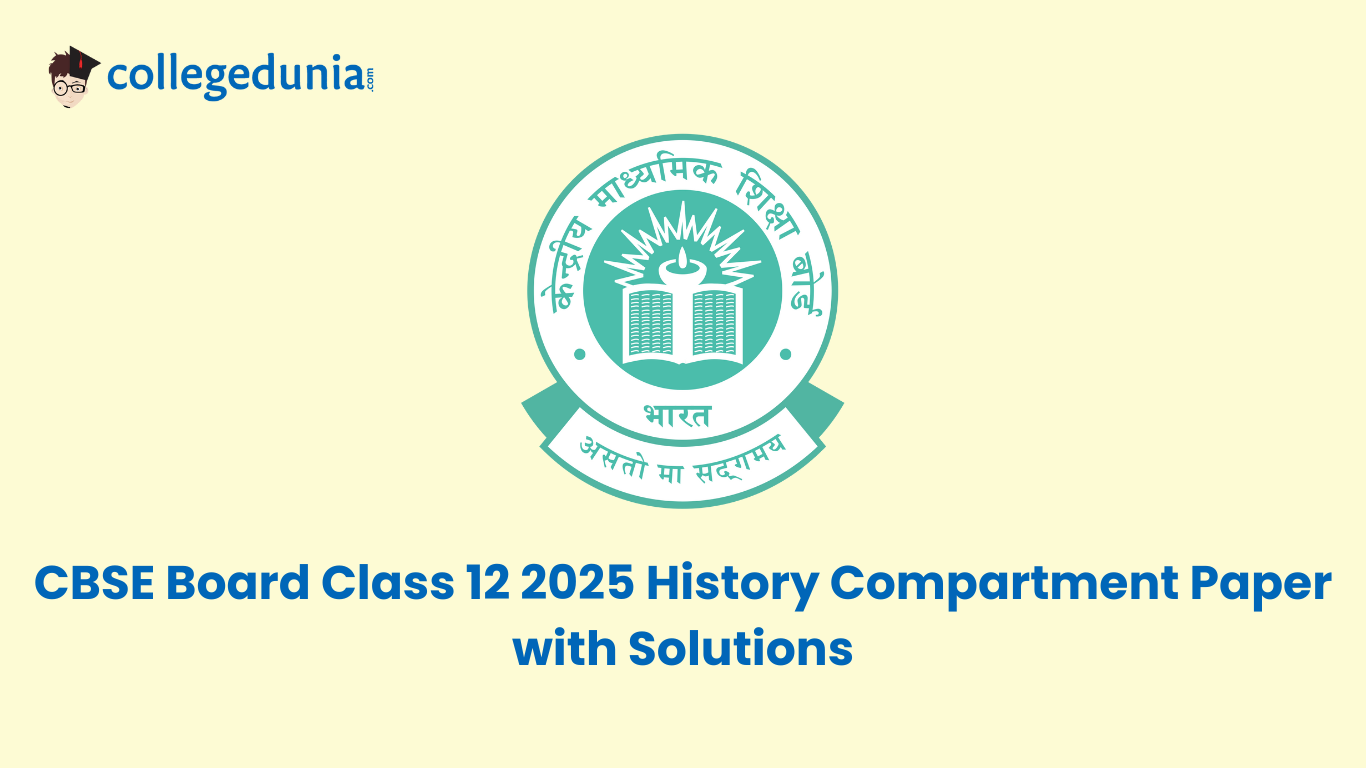The CBSE Class 12 History Compartment Exam 2025 will be conducted on 15 July (Tuesday) for 2.5 hours from 10:30 AM to 1:00 PM. CBSE Class 12th Compartment Question Paper 2025 for History, along with the solutions, will be available here.
The theory paper carries a total of 80 marks, and the internal assessment is for 20 marks, making the exam total out of 100 marks. The exam included key topics like Themes in Indian History – Harappan Civilisation, Kingship, Bhakti-Sufi Traditions, Mughal Court Culture, Colonialism and Indian Economy, Mahatma Gandhi and the National Movement, which required a strong conceptual understanding, critical analysis of sources, and the ability to link historical events to social and political developments across different time periods.
Also Check: CBSE Class 12 2025 Question Papers With Solution Pdf
CBSE Class 12 History Compartment Question Paper 2025
| CBSE History Compartment Question Paper 2025 | Download PDF | Check Solution |

Difficulty Level of CBSE Compartment Exam 2025 (Expected)
The CBSE Class 12 Compartment Exam 2025 is expected to be a bit easier than the 2024 exam. Most questions will probably be from key concepts and can be easier to understand and solve.
| Aspet | Compartment Exam 2024 | Compartment Exam 2025 (Expected) |
| Overall Difficulty Level | Moderate | Moderate to Slightly Easy |
| 1-mark & 2-mark Questions | Mostly Easy and Direct | Expected to be Easy and Concept-Based |
| 3-mark Questions | Mixed – Some were straightforward, some tricky | Expected to be Conceptual but Manageable |
| 4-mark Questions | Slightly Challenging, Required Deeper Understanding | May Include Application-Based but Familiar Questions |









Comments